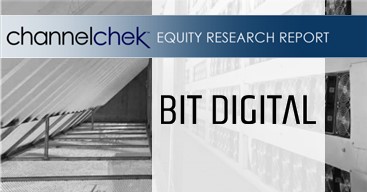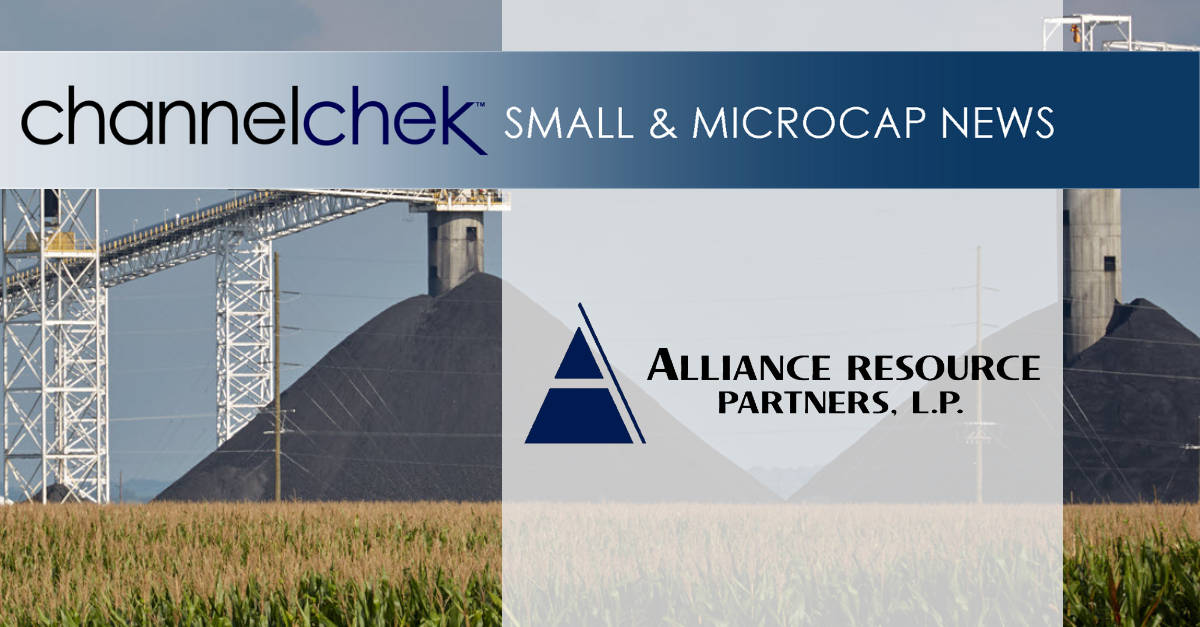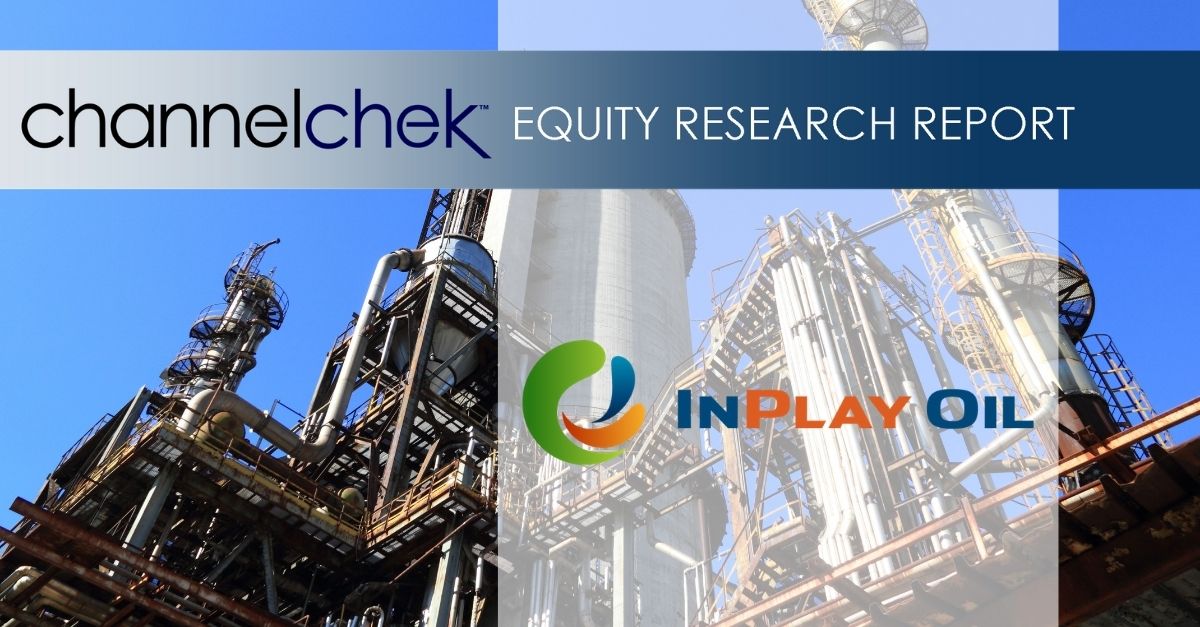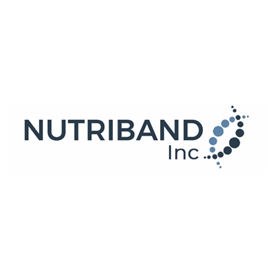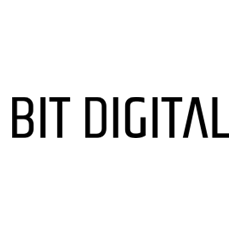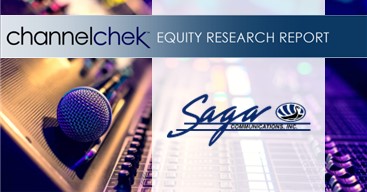Research News and Market Data on NTRB
Nutriband granted patent protecting its AVERSA abuse deterrent platform technology in Macao, a Special Administrative Region of the People’s Republic of China
April 11, 2025 07:00 ET
ORLANDO, Fla., April 11, 2025 (GLOBE NEWSWIRE) — Nutriband Inc. (NASDAQ:NTRB)(NASDAQ:NTRBW), a company engaged in the development of prescription transdermal pharmaceutical products, today announced that it has received notification that its patent has been granted in Macao for its patent entitled, “Abuse and Misuse Deterrent Transdermal Systems,” which protects its AVERSA™ abuse deterrent transdermal technology.
The Macao Intellectual Property Office granted patent J/9010 on February 11, 2025 as recorded in Macao Official Bulletin No. 10 on March 5, 2025. Macao is a Special Administrative Region (SAR) of the People’s Republic of China that has its own patent system and patent laws which are separate and distinct from those of mainland China.
The AVERSA™ abuse deterrent technology is now covered by a broad international intellectual property portfolio with patents issued in 46 countries including the United States, Europe, Japan, Korea, Russia, China, Canada, Mexico, and Australia as well as two regions of China: Hong Kong and Macao.
Nutriband’s AVERSA™ abuse-deterrent technology incorporates aversive agents into transdermal patches to prevent the abuse, diversion, misuse, and accidental exposure of drugs with abuse potential including opioids and stimulants. The AVERSA™ abuse-deterrent technology has the potential to improve the safety profile of transdermal drugs susceptible to abuse while making sure that these drugs remain accessible to those patients who really need them.
Nutriband is currently working with its partner Kindeva Drug Delivery, a leading global contract development and manufacturing organization focused on drug-device combination products, to develop its lead product, AVERSA™ Fentanyl, which incorporates Nutriband’s AVERSA™ abuse-deterrent transdermal technology into Kindeva’s FDA-approved transdermal fentanyl patch system.
AVERSA Fentanyl has the potential to be the world’s first abuse-deterrent opioid patch designed to deter the abuse and misuse and reduce the risk of accidental exposure of transdermal fentanyl patches. AVERSA Fentanyl has the potential to reach peak annual US sales of $80 million to $200 million.1
____________________________________________________
1 Health Advances AVERSA Fentanyl market analysis report 2022
About AVERSA™ Abuse-Deterrent Transdermal Technology
Nutriband’s AVERSA™ abuse-deterrent transdermal technology incorporates aversive agents into transdermal patches to prevent the abuse, diversion, misuse, and accidental exposure of drugs with abuse potential. The AVERSA™ abuse-deterrent technology has the potential to improve the safety profile of transdermal drugs susceptible to abuse, such as fentanyl, while making sure that these drugs remain accessible to those patients who really need them. The technology is covered by a broad intellectual property portfolio with patents granted in the United States, Europe, Japan, Korea, Russia, China, Canada, Mexico, and Australia.
About Nutriband Inc.
We are primarily engaged in the development of a portfolio of transdermal pharmaceutical products. Our lead product under development is an abuse-deterrent fentanyl patch incorporating our AVERSA™ abuse-deterrent technology. AVERSA™ technology can be incorporated into any transdermal patch to prevent the abuse, misuse, diversion, and accidental exposure of drugs with abuse potential.
The Company’s website is www.nutriband.com. Any material contained in or derived from the Company’s websites or any other website is not part of this press release.
Forward-Looking Statements
Certain statements contained in this press release, including, without limitation, statements containing the words ‘’believes,” “anticipates,” “expects” and words of similar import, constitute “forward-looking statements” within the meaning of the Private Securities Litigation Reform Act of 1995. Such forward-looking statements involve both known and unknown risks and uncertainties. The Company’s actual results may differ materially from those anticipated in its forward-looking statements as a result of a number of factors, including those including the Company’s ability to develop its proposed abuse-deterrent fentanyl transdermal system and other proposed products, its ability to obtain patent protection for its abuse technology, its ability to obtain the necessary financing to develop products and conduct the necessary clinical testing, its ability to obtain Federal Food and Drug Administration approval to market any product it may develop in the United States and to obtain any other regulatory approval necessary to market any product in other countries, including countries in Europe, its ability to market any product it may develop, its ability to create, sustain, manage or forecast its growth; its ability to attract and retain key personnel; changes in the Company’s business strategy or development plans; competition; business disruptions; adverse publicity and international, national and local general economic and market conditions and risks generally associated with an undercapitalized developing company, as well as the risks contained under “Risk Factors” and “Management’s Discussion and Analysis of Financial Condition and Results of Operations” in the Company’s Form S-1, Form 10-K for the year ended January 31, 2024, filed May 1, 2024, the Forms 10-Q’s filed subsequent to the Form 10-K in 2024, and the Company’s other filings with the Securities and Exchange Commission. Except as required by applicable law, we undertake no obligation to revise or update any forward-looking statements to reflect any event or circumstance that may arise after the date hereof.
Contact Information:
Nutriband Inc.
Phone: 407-377-6695
Email: Support@nutriband.com
SOURCE: Nutriband Inc.

